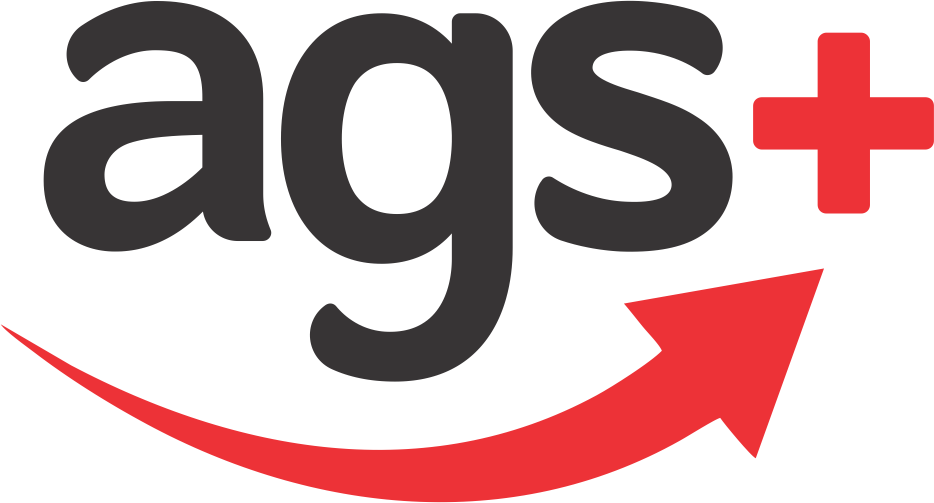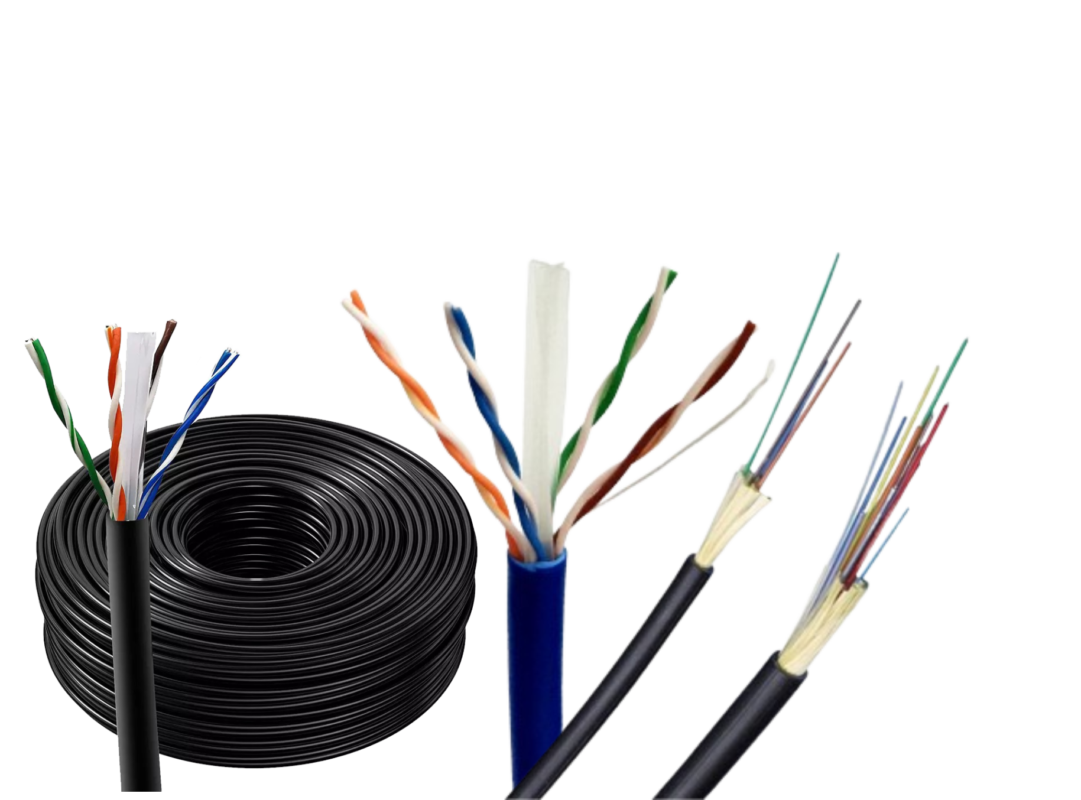Uncategorized
Fiber Cable Speed 2024
The speed of a fiber optic cable refers to its data transmission capacity, which is typically measured in terms of data transfer rates. The speed of fiber optic cables is significantly higher than that of traditional copper cables. Here are the key factors influencing the speed of fiber optic cables:
Fiber Cable Speed
- Bandwidth:
- Fiber optic cables have a much higher bandwidth compared to copper cables. Bandwidth is the capacity of the cable to carry data.
- Single-mode fiber, which allows for a single mode of light to travel, generally has higher bandwidth than multi-mode fiber, allowing for greater data transmission rates.
- Data Transfer Rates:
- Fiber optic cables can support extremely high data transfer rates. Common data rates for fiber optic communication include 1 Gbps (Gigabit per second), 10 Gbps, 40 Gbps, 100 Gbps, and even higher.
- The adoption of new technologies and standards, such as 400 Gbps and 800 Gbps, is pushing the limits of fiber optic communication speeds.
- Light Speed:
- Fiber optic cables transmit data using light signals. Light travels at an incredibly fast speed in the range of 186,282 miles per second (299,792 kilometers per second) in a vacuum.
- The speed of light in fiber optic cables is slightly slower than in a vacuum, but it still far exceeds the speed of electrical signals in copper cables.
- Distance:
- The speed of data transmission in fiber optic cables can be affected by the distance over which the signal needs to travel.
- As the signal travels over longer distances, the data transfer rate may decrease, and additional equipment like signal repeaters may be required to maintain high speeds.
- Modulation Techniques: Fiber Cable Speed
- Various modulation techniques are employed to encode data onto light signals. Advanced modulation schemes, such as Quadrature Amplitude Modulation (QAM), can increase the data transfer rates.
- Network Equipment:
- The speed of fiber optic communication is also influenced by the capabilities of the networking equipment, such as routers, switches, and transceivers.
- Upgrading networking equipment to support higher data rates is often necessary to take full advantage of the speed capabilities of fiber optic cables.
- Upgrades and Standards: Fiber Cable Speed
- Ongoing advancements in fiber optic technology lead to the development of new standards and upgrades. For example, the transition from 10 Gbps to 40 Gbps and 100 Gbps in data center networks reflects the continuous effort to increase data transmission speeds.
In summary, fiber optic cables offer high-speed data transmission capabilities that make them ideal for a wide range of applications, including telecommunications, internet services, data centers, and more. The actual speed achievable depends on factors such as the type of fiber, the equipment used, and the modulation techniques employed. As technology advances, the speed capabilities of fiber optic communication continue to evolve to meet the growing demands of our interconnected world.
Fiber Cable Speed
Fiber Cable Speed image


